A new dataset of actual broadband speeds that consumers are seeing in the U.S. is showing a stark disparity between Federal Communication Commission claims and the reality of the situation.
The anonymized data was collected by Microsoft through its cloud services and published over the past 18 months. The Verge used the data to create a map of the U.S. showing where the broadband problem is the worst.
The blue-colored areas are U.S. counties where less than 15% of people are using the internet at a 25Mbps download speed, which is the FCC's definition of high-speed internet.
This data conflicts with the FCC's own broadband maps, which are known to be wildly inaccurate. That's largely because the FCC relies on self-reported data from internet service providers on the areas they serve.
In Lincoln County, Washington, for example, the FCC data says that only 100% of households have broadband internet speeds. The Microsoft data seen by The Verge indicates that the rate is closer to 5%.
Alongside the speed disparities, the Microsoft-based map also shows the severity of the broadband problem in certain states. Most of Alaska is a dead zone, while nine counties in Nevada fall under the 10% threshold. Similar gaps in broadband coverage exist in New Mexico or central Texas.
The data shows broadband usage, which doesn't draw any distinctions between areas where higher speeds aren't available or areas in which the people can't afford faster connections. In Apache County, Arizona, broadband usage clocks in at about 5%. Among the 70,000 that live in the county, about 23,000 are in poverty — the highest poverty rate in the state.
There are signs of change on the horizon, however. President Joe Biden has proposed investing $100 million in broadband funding as part of his American Jobs Plan. A bipartisan group of U.S. senators earlier in 2021 called upon the FCC to dramatically boost its definition of high-speed internet.
In March, the FCC also announced an initiative to collect broadband speed and access data directly from consumers. That data will be used to create service maps to use as evidence for proposed regulations.
 Mike Peterson
Mike Peterson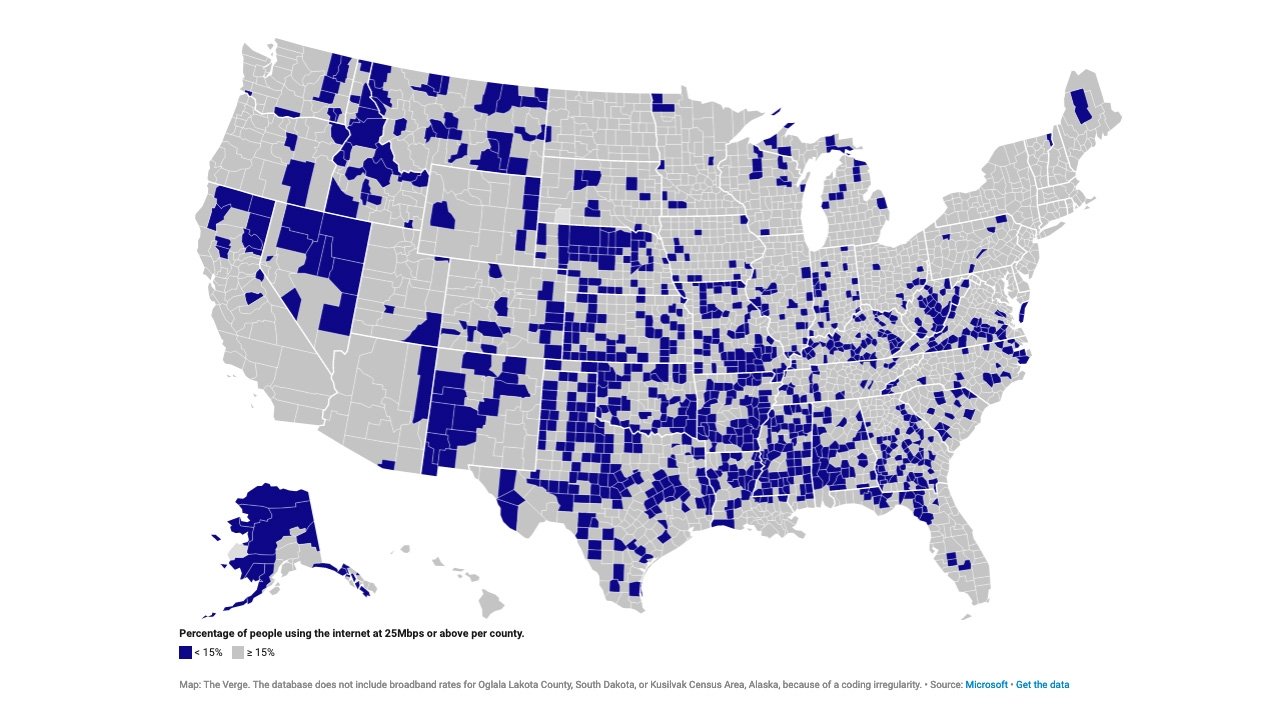

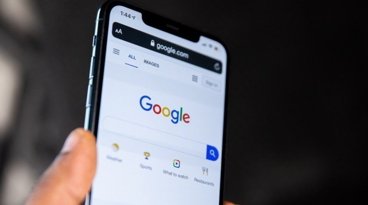



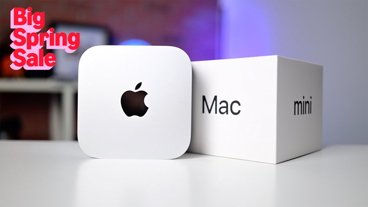
-m.jpg)





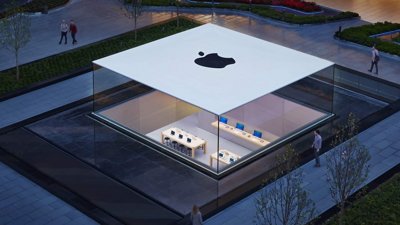
 William Gallagher
William Gallagher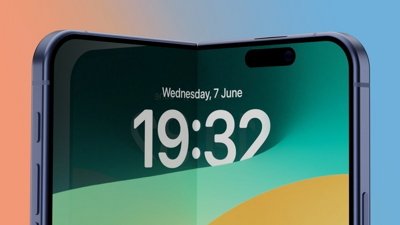
 Malcolm Owen
Malcolm Owen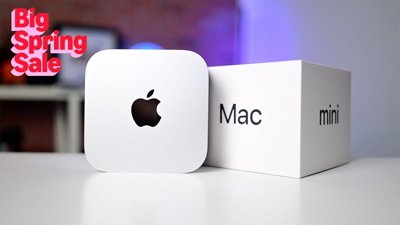
 Christine McKee
Christine McKee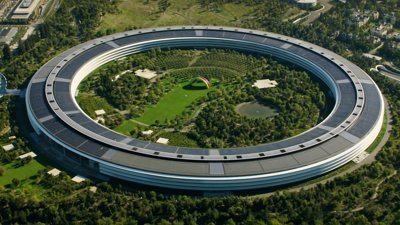
 Wesley Hilliard
Wesley Hilliard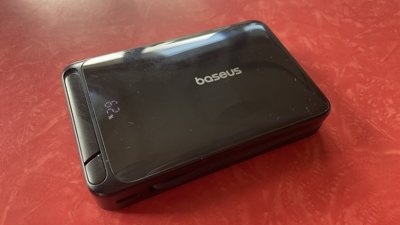
 Thomas Sibilly
Thomas Sibilly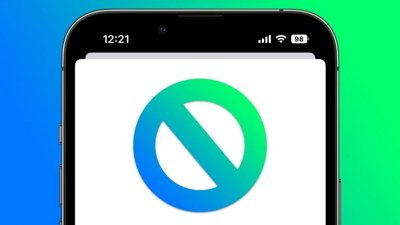
 Marko Zivkovic
Marko Zivkovic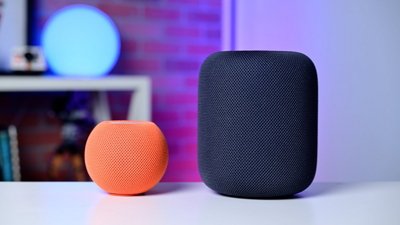
 Andrew O'Hara
Andrew O'Hara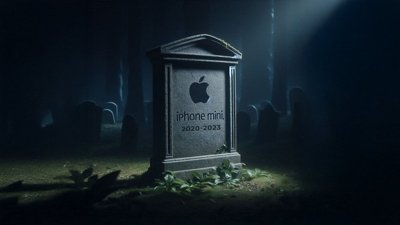
 Amber Neely
Amber Neely








27 Comments
Really, imagine that, Alaska doesn’t have coverage in most areas. Nor Texas in sparsely populated areas. Go figure. Come on, let’s apply some common sense. Companies aren’t going to invest where it’s not justified.
Also, this is precisely where the SpaceX StarLink is most apt.
@Cg27--you typed faster than me....)
This means only people accessing Microsoft cloud services would have been included in this data. Which Microsoft cloud services are used by non-Microsoft client software (Office suite, etc.)? I know Microsoft collects all kinds of data but I have to wonder why they're publishing it and how much they're selling it for.
When you look at the map, I can totally understand the results for the western states. There's nothing but desert in the blue area of Nevada. The northern end of California is mountains on the west and high desert (Mt. Lassen) on the east. This is grazing land for the most part. That swath of Washington state is interesting but it's also not a highly populated area until you get closer to the eastern border. Alaska is a no-brainer. There's almost no towns in most of that state. In most of these internet-limited areas I see the Starlink satellite access as being the most cost-effective way to deliver internet. Installing fiber/coax cables just won't work.
The surprising part is the midwest and south where it should be easier to install landlines but I see this as being a political problem with taxpayers money not being spent on services to enhance internet access.
--What I'd like to see is more cellular access in many of these blue areas because more people drive through these areas than live in them.
Most of Alaska is a dead zone, BECAUSE THERE IS NOTHING IN THOSE AREAS!!! Why would you expect there to be broadband internet available there?
The mistake was the FCC trusting data from the providers.